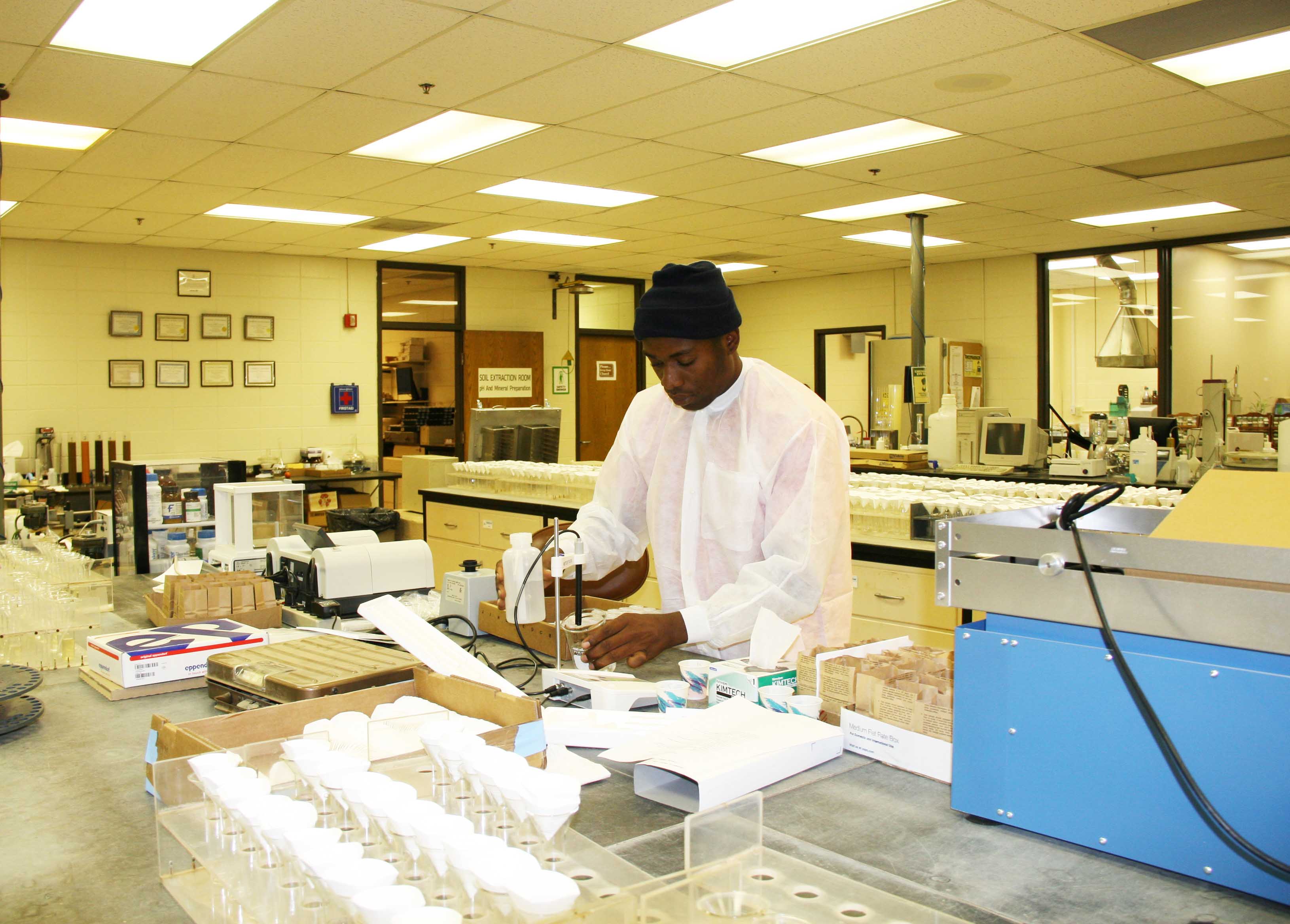 CAES News
CAES News
High-tech help for Haiti's farmers
Haitian farmers have toiled for more than a century to grow crops in the nation’s notoriously ravaged farmlands. A new soil-testing lab, scheduled to open in June, should help farmers in Haiti improve their yields.

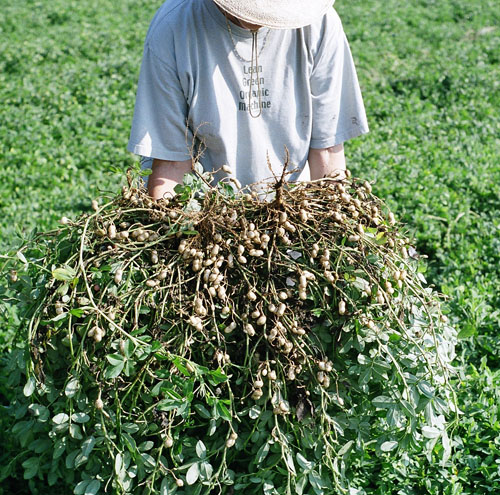
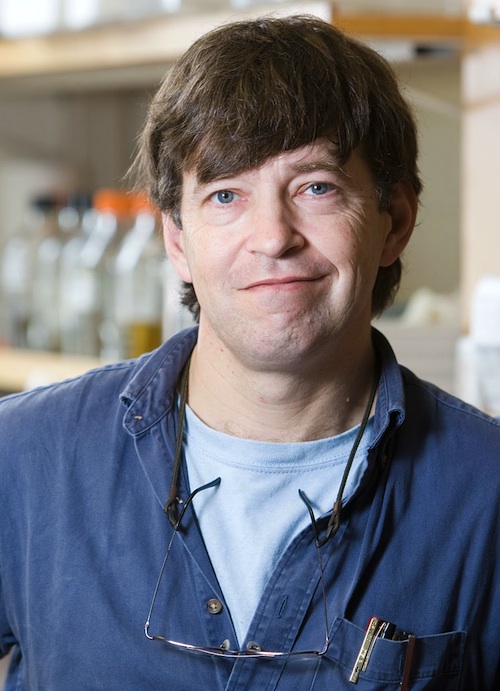
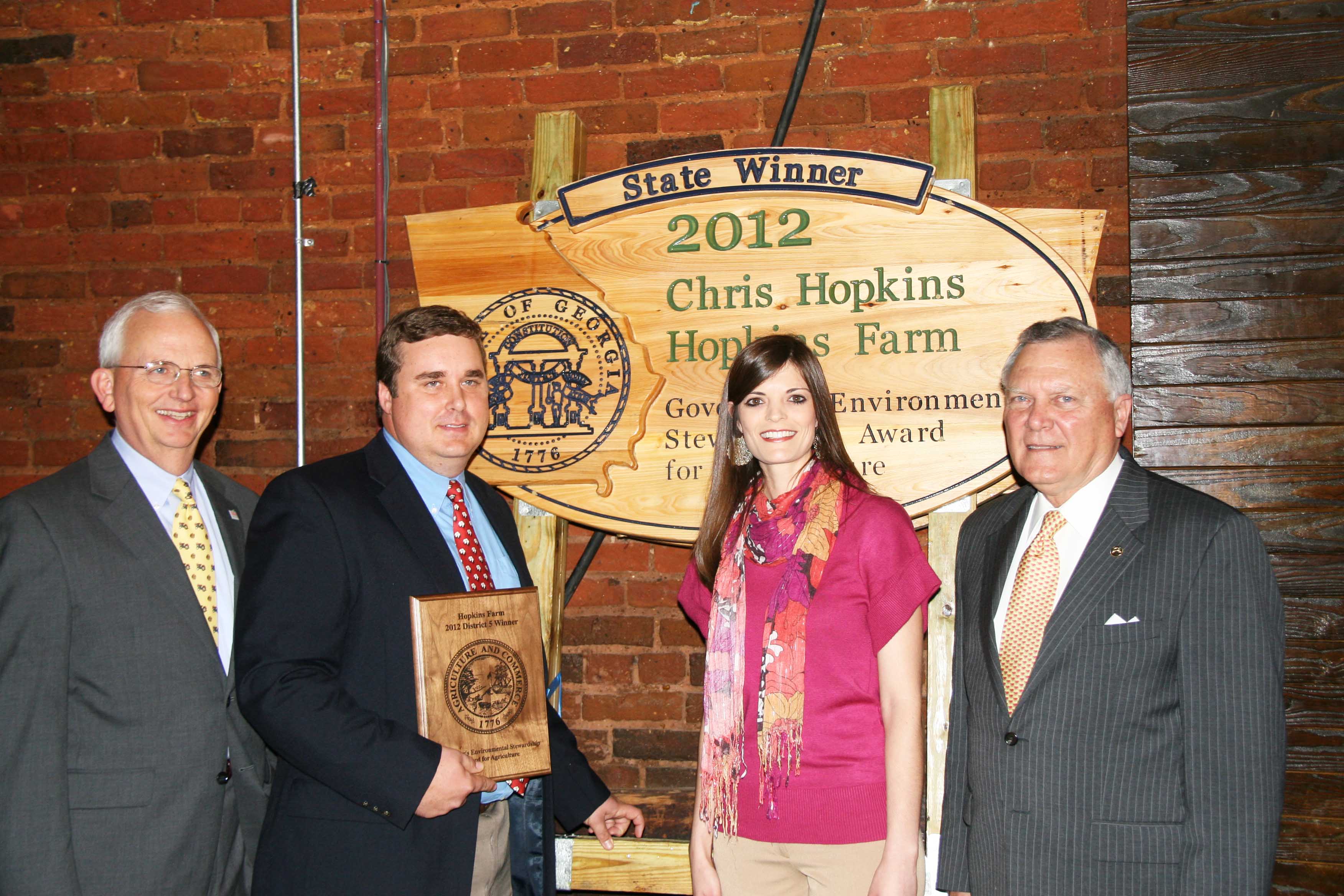
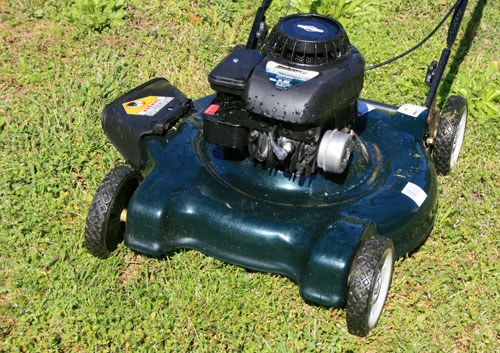
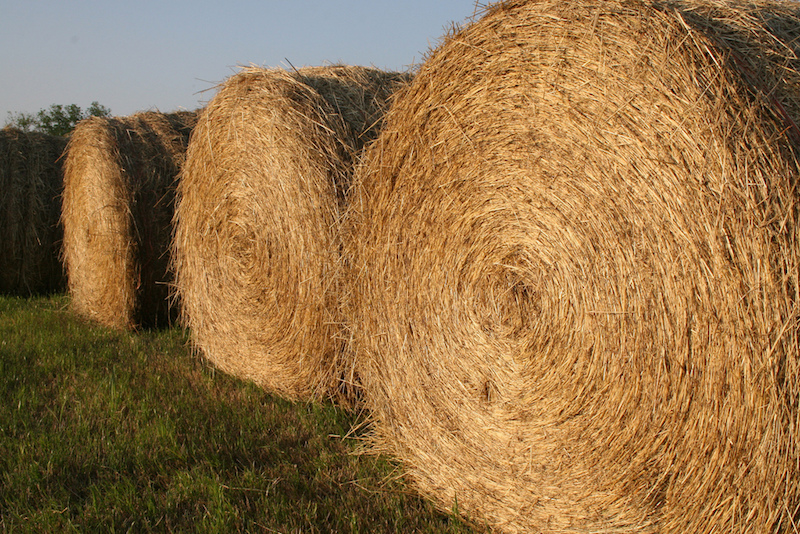
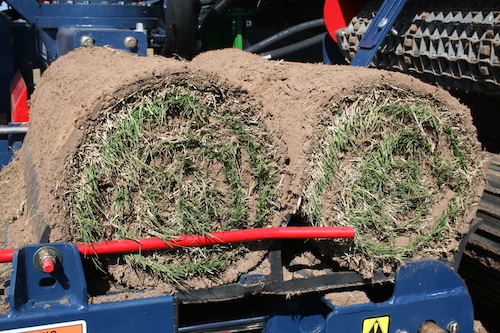
.jpg)
.jpg)
.jpg)